Posts Tagged pruning roses
Pruning Perfection: DK’s Guide to Maintaining Healthy Plants
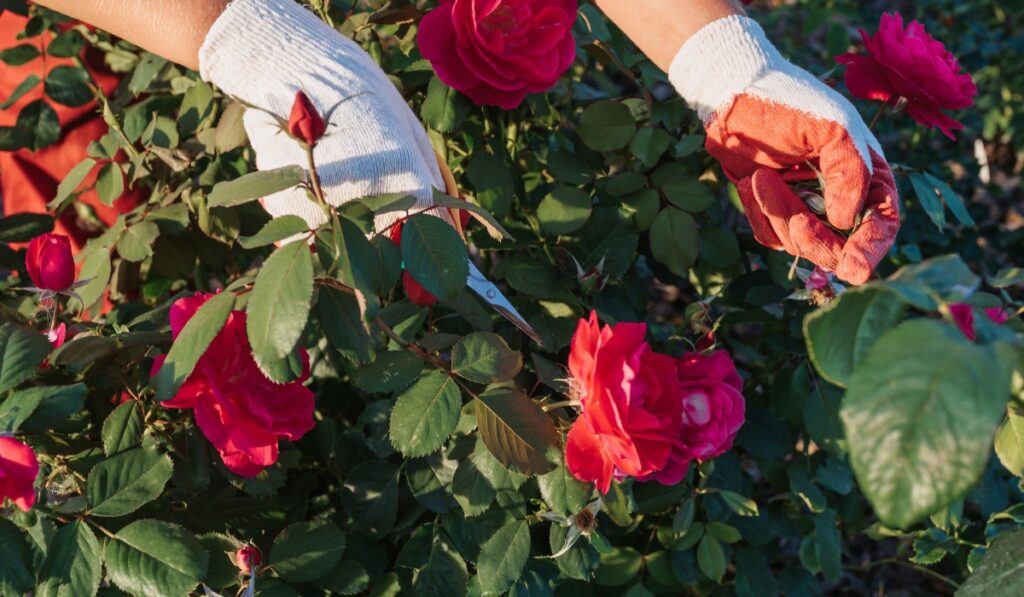
Pruning might seem like giving your plants a haircut, but it’s much more than just a cosmetic touch-up. It’s an essential practice for maintaining the health, vigor, and beauty of your garden. By strategically removing certain parts of a plant, you encourage healthy growth, remove dead or diseased branches, improve its overall shape and appearance, and even increase flower and fruit production. Think of it as a way to guide your plants towards their full potential!
Tools of the Trade
Before you start snipping away, it’s important to have the right tools for the job. Here are the essentials:
- Hand pruners: These are your go-to for smaller branches and stems.
- Loppers: Perfect for tackling larger branches that hand pruners can’t handle.
- Pruning saw: This comes in handy for thick branches or when you need to make more precise cuts.
Remember, using sharp, clean tools is crucial to prevent the spread of diseases. Think of it like surgery for your plants – you want to be as precise and hygienic as possible!
General Pruning Techniques
Pruning isn’t just about randomly chopping off branches. There’s a bit of an art to it! Here are some general principles to keep in mind:
- Make clean cuts: Avoid tearing or crushing the branches.
- Cut just above a bud or node: This encourages new growth in the desired direction.
- Avoid flush cuts: Don’t cut flush with the trunk or main branch, as this can damage the plant.
There are two main pruning techniques:
- Heading back: This involves cutting back to a bud to encourage bushier growth.
- Thinning out: This involves removing entire branches to improve air circulation and light penetration.
When it comes to timing, most plants benefit from pruning during their dormant season, typically in late winter or early spring. However, there are exceptions, so it’s always best to research the specific needs of your plants.
Pruning Specific Plant Types
Now, let’s dive into some specific plant types:
Roses
Pruning roses is essential for promoting those beautiful blooms we all love. Different types of roses have slightly different pruning needs. For example, hybrid tea roses generally require more vigorous pruning than floribundas. When pruning roses, aim to remove any dead, diseased, or crossing branches. Cut back the remaining canes to encourage new growth and shape the plant. The best time to prune roses in California is typically in January or February.
Ornamental Grasses
Ornamental grasses add a lovely texture and movement to any garden. Pruning them helps to remove dead foliage, maintain their shape, and encourage fresh new growth. You can generally cut back ornamental grasses with shears or comb out dead foliage with your hands. The ideal time to prune most ornamental grasses is in late winter or early spring, before new growth emerges.
Common Pruning Mistakes to Avoid
Even with the best intentions, it’s easy to make mistakes when pruning. Here are some common pitfalls to avoid:
- Pruning at the wrong time: This can stress the plant and reduce flowering.
- Over-pruning: Removing too much can weaken the plant and make it more susceptible to diseases.
- Making improper cuts: This can damage the plant and hinder its growth.
DK Landscaping: Your Pruning Experts
Pruning can seem daunting, but it doesn’t have to be! At DK Landscaping, our team of experts has the knowledge and experience to handle all your pruning needs. We understand the unique requirements of different plant types and can help you achieve a healthy and beautiful garden.
Ready to give your plants the expert care they deserve? Contact DK Landscaping today for all your pruning and garden maintenance needs! We’ll help you achieve Pruning Perfection!
Make a Date With Your Roses
Have you pruned your Hybrid Tea Roses lately? Pruning your roses back by 80% while they are dormant is the optimal time. Not only will it produce tidier plants, but will stimulate new, stronger, better-flowering growth and eliminate the nasty old stuff that harbors pests and diseases.
DK Landscaping provides you a step-by-step guide to getting the best blooms out of these traditionally beloved plants:
1. Wait until your roses are dormant. If the climate where you live is moderate, roses may never go into full dormancy or lose their leaves completely.
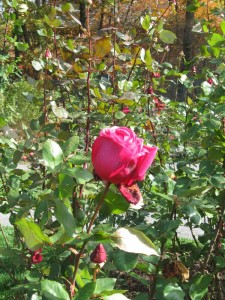
Hybrid Tea Roses
3. Remove all deadwood by cutting out all unhealthy canes. This means dead, diseased or damaged growth. Roses are sensitive to winter frost and the rest of the year are attacked by dozens of fungi, insects, molds, and bacteria.
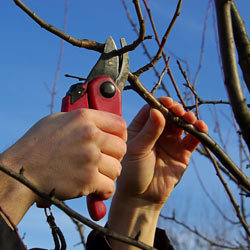
Remove Deadwood
3. Prune to ensure that the center of the bush is open for maximum air circulation. That is, cut out stems that fill up and cross through the center. Remove any branches that are less than the thickness of a pencil, and remove any branches that cross or rub together. Train the rose to grow outwards.
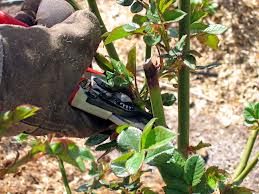
Create Air Space to Prevent Disease
4. Make all cuts above a leaf bud that points towards the outside of the plant. Make all cuts clean – not jagged cuts, as this will allow insects and disease into the plant and open it up to infection. Always prune to a healthy bud. Make sure your cut is at a 45 degree angle going away from the bud.
5. To ensure your plants remain healthy, we recommend painting all cuts with a sealing compound because the plant is not actively growing and can’t defend itself as well against diseases and pests.

Sealing Compound
6. Your Hybrid Tea Roses should look like this after it has been pruned (v shaped).
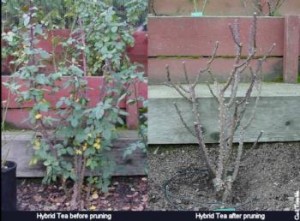
Hybrid Tea Rose Before and After Picture
For the best results, DK Landscaping recommends pruning your roses before Valentine’s Day! So put on a long-sleeved shirt and gloves and grab some sharp pruning shears and make a date with your rose or give DK Landscaping a call at (707) 280-3632 to get your hybrid tea roses bearing the champion flowers that it was meant to be by spring!






